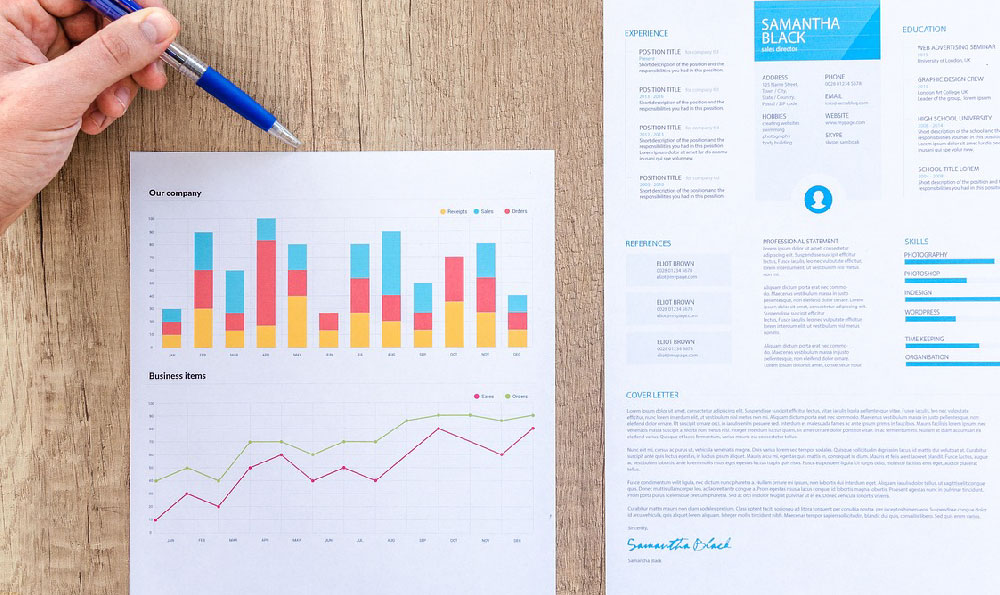
The lumber industry in 2023 experienced a complex interplay of factors shaping its revenue dynamics, with global economic conditions, environmental policies, and technological advancements acting as pivotal drivers. As a sector deeply intertwined with construction, housing, and renewable energy demands, the industry's performance reflected broader macroeconomic movements and structural shifts in supply chains. Recovery from the pandemic, which had initially disrupted global markets, continued to influence demand patterns, particularly in regions where residential construction remained a key growth area. However, this recovery was not uniform, as varying levels of inflation, interest rates, and labor shortages created tension between supply and demand. The international trade landscape also played a critical role, with shifting tariffs and geopolitical tensions affecting the flow of raw materials and finished products. In the United States, for instance, the industry saw a surge in lumber prices earlier in the year due to increased demand from housing construction, but this was tempered by supply-side challenges such as droughts in key forestry regions and rising transportation costs. Meanwhile, the European market demonstrated a more subdued growth trajectory, influenced by strict environmental regulations and a slower recovery in construction activity after years of post-pandemic restrictions. In Asia, from China to Southeast Asia, the industry faced a unique set of pressures, including government policies aimed at curbing real estate speculation and the push for sustainable timber sourcing, which altered the traditional demand-supply equilibrium.
A key trend in 2023 was the increasing emphasis on sustainability, which reshaped both the production and consumption of lumber. With global initiatives such as the Paris Agreement and the European Union’s Green Deal accelerating regulatory changes, companies across the industry were compelled to adopt more environmentally responsible practices. This shift led to a rise in the demand for certified sustainable wood products, as consumers and businesses became more conscious of their carbon footprint. The introduction of carbon pricing mechanisms in certain markets further influenced pricing structures, adding a layer of complexity to the industry's revenue streams. Additionally, the concept of circular economy began to gain traction, prompting some companies to explore ways to repurpose wood waste into new products, thereby reducing reliance on virgin timber and mitigating supply chain volatility. However, the transition to sustainable practices also posed challenges, particularly in balancing profitability with compliance. For example, the cost of obtaining certifications and the need to invest in greener technologies reduced short-term margins for some firms, making it imperative for companies to adjust their strategies to align with long-term environmental goals.
Another significant development in 2023 was the lingering impact of the global supply chain disruptions that began during the pandemic. Despite some normalization in logistics, the industry continued to grapple with shortages of raw materials, increased freight costs, and delays in production. The scarcity of certain tree species, driven by natural disasters and overharvesting, pushed prices higher in some regions, while in others, the availability of alternative materials created competition. The role of technology in addressing these challenges became increasingly evident, as companies invested in data analytics and automation to optimize procurement and production processes. For instance, the use of AI-driven forecasting models allowed firms to better anticipate demand fluctuations and manage inventory levels, thereby reducing waste and improving efficiency. Additionally, the rise of e-commerce platforms for lumber and related products created new avenues for distribution, enabling companies to reach smaller markets and diversify their revenue sources. These technological advancements not only helped mitigate the effects of supply chain disruptions but also encouraged innovation within the industry, leading to the development of new products and services that catered to evolving consumer preferences.

The lumber industry in 2023 also witnessed a transformation in how demand is perceived and managed. While traditional applications such as housing and furniture manufacturing remained dominant, the sector saw an uptick in demand for specialty products driven by niche markets. For example, the renewed interest in eco-friendly and high-performance building materials created opportunities for companies specializing in engineered wood and cross-laminated timber. This shift was particularly pronounced in North America, where the construction of energy-efficient homes and commercial buildings increased the demand for sustainable and durable materials. At the same time, the expansion of renewable energy infrastructure, such as wind farms and solar power plants, added new demand for timber in the production of components like turbine blades and support structures. These emerging applications not only diversified the industry's revenue base but also highlighted its adaptability to changing market needs. However, the rapid growth of these sectors also created new challenges, such as the need to develop specialized timber products that meet stringent quality and performance standards.
The political and regulatory environment also had a substantial impact on the lumber industry in 2023. In the United States, the continued presence of trade barriers, such as tariffs on Canadian lumber, introduced uncertainty into the market, affecting pricing and availability. Conversely, in other regions, the relaxation of trade restrictions and the establishment of free trade agreements created new opportunities for market expansion. Regulatory changes related to forest management and land use further influenced the industry, with some governments implementing stricter protections for natural forests while others encouraged responsible logging practices to support economic growth. These policies created a delicate balance, as companies had to navigate both the economic incentives of sustainable harvesting and the environmental imperatives of forest conservation. The outcome of these regulatory shifts was reflected in the industry's financial performance, as compliance costs and access to resources became key determinants of profitability.
In summary, 2023 was a year of profound transformation for the lumber industry, driven by economic, environmental, and technological forces. The interplay between these factors created a dynamic market environment, where revenue growth was achieved through strategic adaptation to changing conditions. Companies that successfully integrated sustainability into their operations, leveraged technology to optimize supply chains, and diversified their product offerings were better positioned to thrive in this evolving landscape. As the industry continues to navigate these challenges, the ability to balance profitability with environmental stewardship will remain central to its long-term success.





